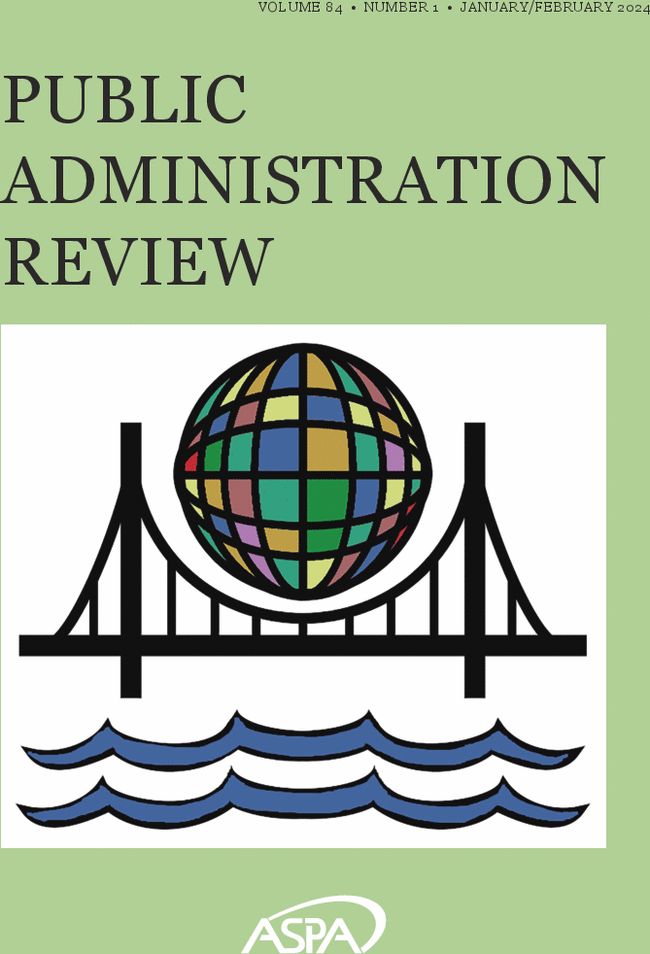合作的“分水岭”时刻:立法和网络治理对环境结果的影响
IF 4.9
1区 管理学
Q1 PUBLIC ADMINISTRATION
引用次数: 0
摘要
跨界合作是解决环境问题的一种常用策略,但学者们尚未完全了解是什么导致了外部导向合作的结果不同。为了填补这一空白,我们研究了一项授权合作流域恢复项目的州立法是否能改善水质。使用俄勒冈州1980年至2021年的数据和时间设计的回归不连续,我们发现立法颁布后水质改善了5%。此外,我们的纵向分析表明,协作项目中的网络属性和管理是这种改进的关键因素。一般来说,由协作治理机制和地方政府领导的网络比由公民团体或国家机构领导的网络更有效。然而,州政府机构在管理多目标项目方面表现出最强的能力。这些发现强调了制度设计和网络治理在实现成功的环境合作中的重要性。本文章由计算机程序翻译,如有差异,请以英文原文为准。
A “Watershed” Moment for Collaboration: The Impacts of Legislation and Network Governance on Environmental Outcomes
Cross‐boundary collaboration is a common strategy used to address environmental issues, but scholars do not yet fully understand what makes a difference in the outcomes of externally directed collaborations. To fill this gap, we examine whether a piece of state legislation that authorizes collaborative watershed restoration projects improves water quality. Using Oregon data from 1980 to 2021 and a regression discontinuity in time design, we find a 5% improvement in water quality after the legislation was enacted. Furthermore, our longitudinal analyses show that network properties and management within collaborative projects are key factors underlying this improvement. In general, networks led by collaborative governance regimes and local governments are more effective than those led by citizen groups or state agencies. However, state agencies show the strongest capacity to manage projects with multiple goals. These findings underscore the importance of institution design and network governance in achieving successful environmental collaboration.
求助全文
通过发布文献求助,成功后即可免费获取论文全文。
去求助
来源期刊

Public Administration Review
PUBLIC ADMINISTRATION-
CiteScore
15.10
自引率
10.80%
发文量
130
期刊介绍:
Public Administration Review (PAR), a bi-monthly professional journal, has held its position as the premier outlet for public administration research, theory, and practice for 75 years. Published for the American Society for Public Administration,TM/SM, it uniquely serves both academics and practitioners in the public sector. PAR features articles that identify and analyze current trends, offer a factual basis for decision-making, stimulate discussion, and present leading literature in an easily accessible format. Covering a diverse range of topics and featuring expert book reviews, PAR is both exciting to read and an indispensable resource in the field.
 求助内容:
求助内容: 应助结果提醒方式:
应助结果提醒方式:


